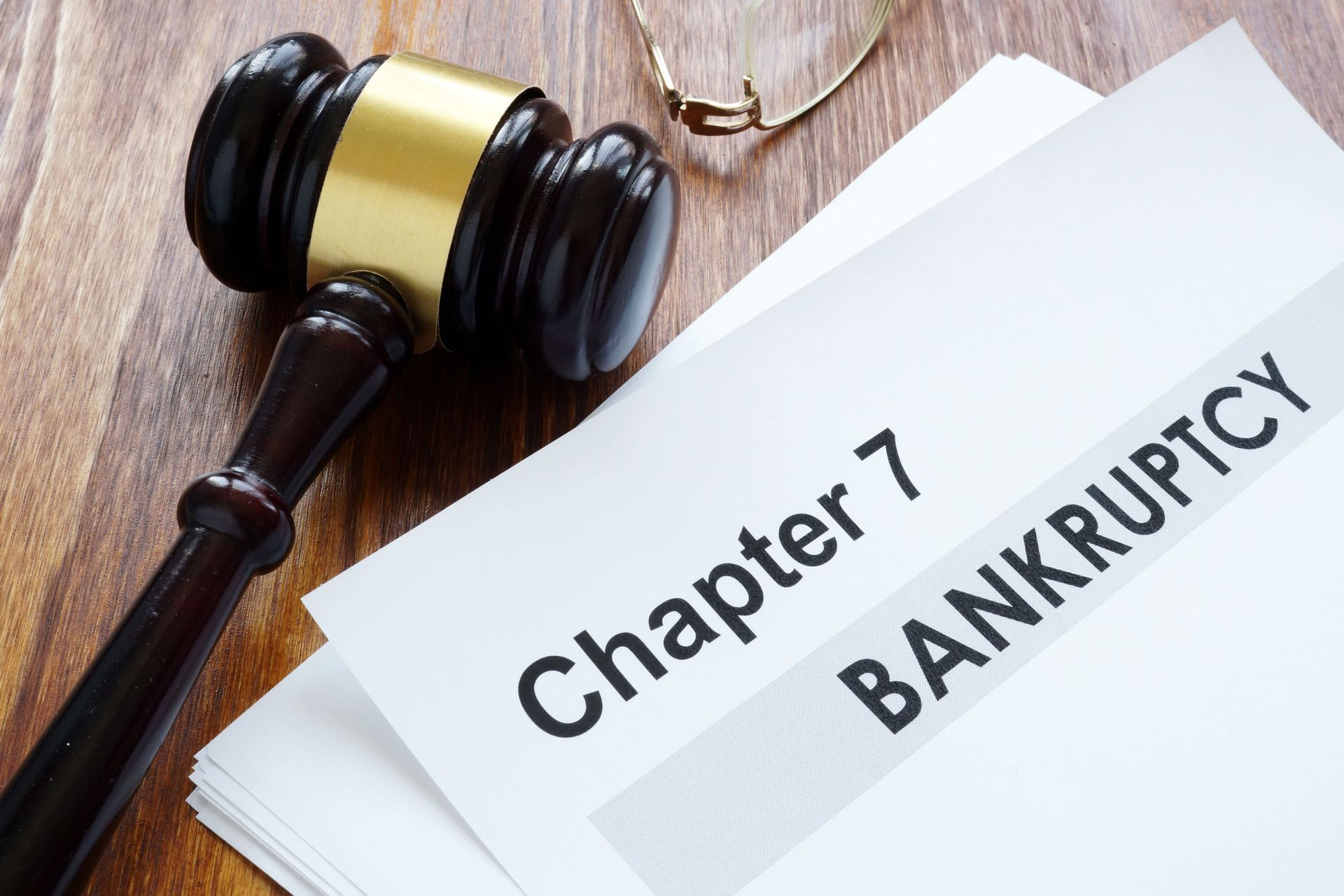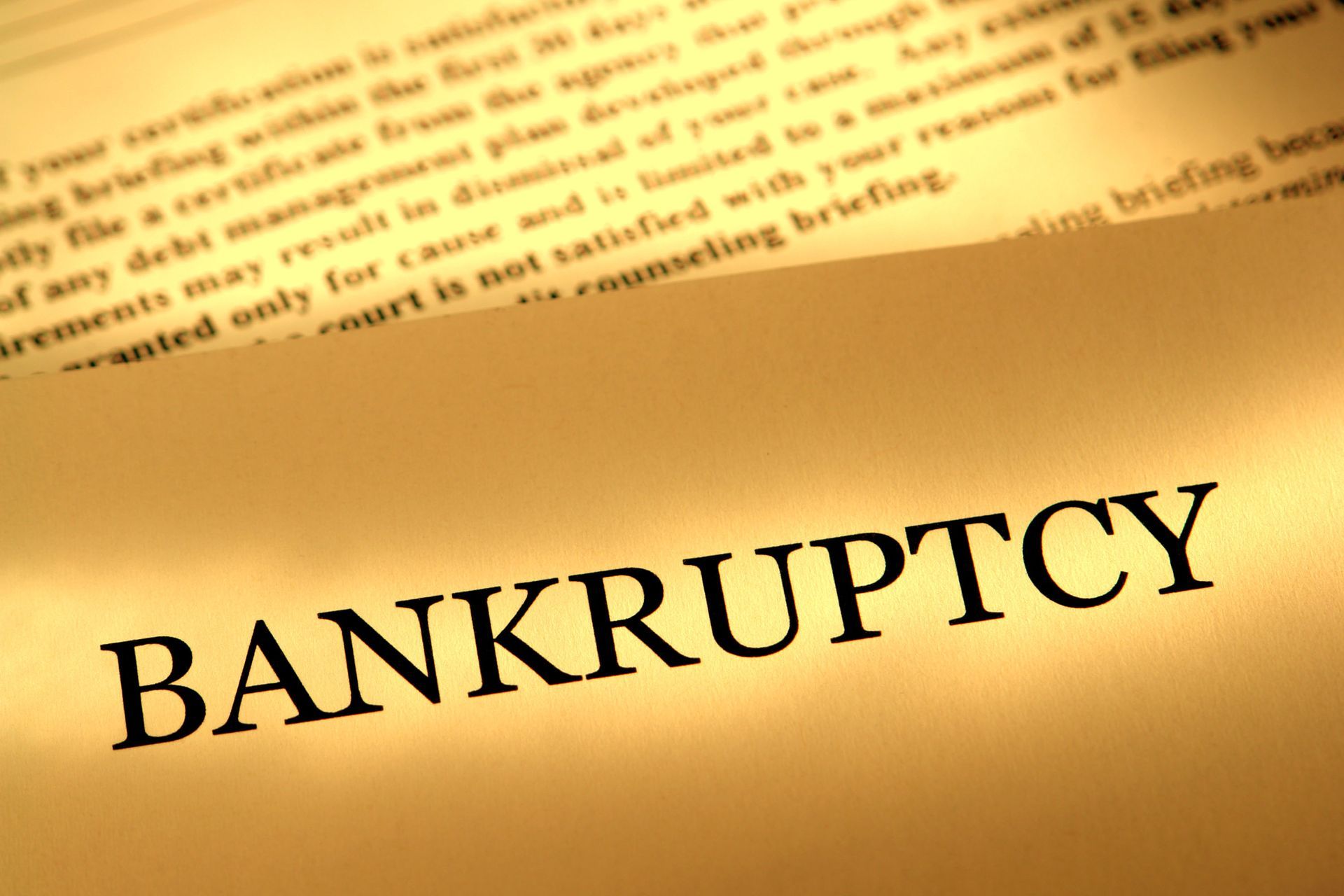When Should You File for Bankruptcy?
Bankruptcy can be a daunting prospect for many individuals, yet it serves a crucial role in providing debt relief for those overwhelmed by financial burdens. According to the United States Courts, bankruptcy filings rose 13.1% during the 12-month period ending March 31, 2025. It offers a structured process to address insurmountable debt, allowing individuals or businesses to make a fresh financial start. Timing is a pivotal element in the decision to file for bankruptcy, as it influences both the type of bankruptcy one might file and the potential outcomes. Proper timing can maximize asset protection, ensure the availability of exemptions, and align the process with changes in law or financial circumstances. This article explores the nuanced decision of when to file for bankruptcy with the help of a bankruptcy attorney, considering various personal, financial, and legal factors.
The Basics of Bankruptcy
Definition of Bankruptcy
Firstly, bankruptcy is a legal procedure initiated when an individual or business is unable to repay outstanding debts. The process is formalized in court, offering a debtor relief and a potential discharge from certain obligations in exchange for asset liquidation or a restructured payment plan. It's designed as a last resort, providing an orderly way to deal with liabilities that one cannot meet. Bankruptcy impacts credit ratings, but it also stops collections and legal actions temporarily through an automatic stay. Thus, understanding its fundamentals with a bankruptcy attorney is essential for anyone considering it as a financial solution.
Types of Bankruptcy Chapters
The bankruptcy code in the United States comprises various chapters, each designed to address different financial conditions. Chapter 7, frequently used by individuals, involves asset liquidation to pay off debts, while Chapter 13 focuses on restructuring to enable debt repayment over time. There are also Chapter 11, primarily for businesses or individuals with substantial debts, and Chapter 12, tailored for family farmers or fishermen. Choosing the appropriate chapter depends on one's income, debts, and long-term financial goals. Understanding the specifics of these chapters helps determine which is most suitable for an individual's situation.
The Legal Process of Filing
Additionally, filing for bankruptcy involves several procedural steps, starting with the submission of a petition to the court. This includes a complete declaration of the debtor's financial status, such as income, debts, and assets, accompanied by necessary documentation. Once filed, an automatic stay comes into effect, halting collections, foreclosures, and legal proceedings temporarily. The debtor then undergoes a meeting with creditors, known as a 341 meeting, where they answer queries about their finances. Following this, a bankruptcy trustee reviews the case and determines the case's resolution.
Role of a Bankruptcy Attorney
Navigating the bankruptcy process can be complex, making legal counsel invaluable. A bankruptcy attorney provides expertise in assessing one's financial situation, helping determine the most fitting chapter to file. They guide clients through intricate legal procedures and documentation, ensuring compliance with court mandates. Furthermore, attorneys represent their clients during the 341 meeting and any court proceedings, providing a buffer from creditor communications. Hiring legal counsel is often advisable to maximize the potential benefits of filing for bankruptcy.
Signs That You May Need to File for Bankruptcy
Overwhelming Debt
When debts spiral out of control beyond one's ability to manage payments, it might be indicative of the need to consider bankruptcy. Ballooning interest rates and penalties can escalate debt to unsustainable levels, rendering traditional repayment methods futile. Bankruptcy provides relief and a structured path to address these overwhelming liabilities. It's crucial to evaluate whether current income can realistically cover living expenses while servicing debt. Persistent inability to manage such expenses can be a powerful sign that bankruptcy could be the necessary recourse.
Frequent Collections Calls
Furthermore, frequent calls from creditors can be both distressing and indicative of financial distress. Persistent harassment for unpaid debts is a signal that one's financial picture might be skewed towards needing relief. Bankruptcy can halt these calls through the automatic stay, offering reprieve from creditor communication. This breathing room allows individuals to reassess their finances and explore restructuring options. The inevitability of collection calls amidst ongoing defaults suggests that an evaluation of bankruptcy's feasibility is warranted.
Legal Actions Against You
Lawsuits and wage garnishments are severe legal actions that creditors might take when debts remain unpaid. These actions can result in further financial instability, draining needed resources for survival. Filing for bankruptcy not only pauses these legal proceedings through an automatic stay but also provides a framework for addressing the underlying debt issues. The pressure of legal threats can expedite decisions about exploring bankruptcy as an option. Considering bankruptcy in the face of legal actions might be instrumental in avoiding harsh financial repercussions.
Difficulty Meeting Basic Expenses
Struggling to meet basic expenses such as housing, utilities, and food often signifies a severe financial imbalance. When maintaining fundamental living standards becomes untenable, the consideration of filing for bankruptcy arises. It allows individuals to restructure priorities, focusing on essential needs while seeking relief from unsecured debts. Persistent difficulties in securing these expenses can diminish quality of life and lead to more significant problems if unaddressed. At this crossroads, exploring bankruptcy with a bankruptcy attorney might emerge as a pragmatic step toward regaining financial stability.
The Timing for Bankruptcy
Current Financial Situation
Assessing one's current financial condition is an essential precursor to determining bankruptcy timing. This involves calculating income versus expenses, analyzing debt levels, and reviewing asset liquidity. A comprehensive review helps in deciding whether the current financial strain necessitates filing or if other remedies should be explored first. Timely evaluation ensures that bankruptcy aligns with one's broader financial picture and goals. It is critical to have an accurate understanding of one's economic position to determine the optimal time for filing.
Future Financial Changes
In addition, potential changes in income or expenses can heavily influence the timing of a bankruptcy filing. Anticipating significant financial events, such as a job change, inheritance, or medical expenses, helps inform the decision to file. This foresight allows individuals to strategically plan for bankruptcy when it would be most beneficial. Ignoring prospective changes can lead to premature or suboptimal filings that don't fully address long-term needs. Therefore, considering both current and future financial landscapes is crucial when evaluating the timing for bankruptcy.
Impact on Assets and Property
The timing of a bankruptcy filing can significantly affect what assets are protected or liquidated. Certain state and federal exemptions allow individuals to retain specific assets, underscoring the importance of when one files. It's important to understand which assets are at risk of liquidation and which are safeguarded depending on the timing and chapter filed. Foresight in timing can maximize asset retention, alleviating personal economic pressure. Therefore, strategic timing is a necessary component in protecting one's assets during a bankruptcy proceeding.
Changes in Bankruptcy Laws
Finally, bankruptcy laws evolve, making it essential to stay abreast of legislative changes with a bankruptcy attorney. Wide-reaching reforms can modify eligibility criteria, dischargeability of debts, and case outcomes. Timing a filing before or after such changes can affect the resolution one achieves through bankruptcy. Legislative awareness helps navigate potential pitfalls or benefits associated with bankruptcy law adjustments. Thus, weighing changes in laws is a strategic consideration in timing one's bankruptcy filing.
Filing for bankruptcy is a complex decision involving numerous financial, legal, and personal considerations. It necessitates a thorough evaluation of one's financial situation, a detailed understanding of the bankruptcy process, and a thoughtful exploration of all available alternatives. To work with a bankruptcy attorney, contact Sam Henry IV Attorney At Law today.





Share On: